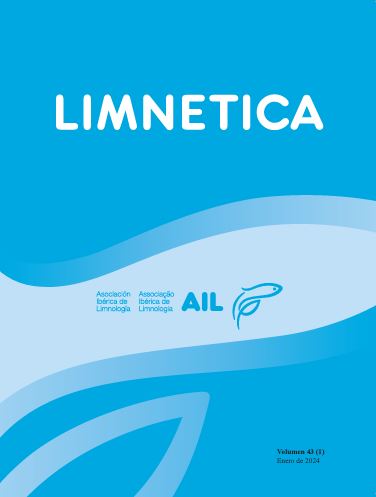Prediction of the toxic impact on the freshwater microalgae Scenedesmus intermedius produced by the interaction of copper sulfate and copper oxychloride in a binary mixture with glyphosate
Resumen
The high population growth worldwide causes a high demand for food with an increase in the use of different agrochemicals, with pesticides and herbicides being the primary pollutants of anthropogenic origin in the environment. One of the critical aims of ecotoxicology is the evaluation of toxic effects of mixtures of chemical substances that can have additive, synergistics or antagonistics effects in different ecosystems. For this reason, the aims of this research were to: 1) estimate the individual subchronic toxicity of agrochemicals copper oxychloride [Cu2(OH)3Cl], copper sulfate (CuSO4), and glyphosate (Gly-BH) on the inhibition of population growth of the freshwater chlorophyte Scenedesmus intermedius, and 2) predict the antagonistic, synergistic, or additive behaviour of binary mixtures of Gly-BH with Cu2(OH)3Cl and CuSO4 through the Combination Index Equation (CIE). The individual toxicity order at 7 days of exposure in S. intermedius was CuSO4 (IC50 2.70 mg/l) > Gly-BH (IC50 4.03 mg/l) with no statistical differences between both agrochemicals and > Cu2(OH)3Cl (IC50 25.59 mg/l) with a major tolerance if it compared with the other chemicals. For the binary mixture of CuSO4/Gly-BH, an antagonistic effect was observed (combination index CI > 1), but with lower toxicity (IC50 7.40 mg/l) when compared with the individual responses of these compounds. However, in the mixture, Cu2(OH)3Cl/Gly-BH was more toxic with a synergistic response (IC50 0.85 mg/l) even between 5 and 30 times higher. These results highlight the importance of studying interactions of chemical substances in ecosystems to establish a better evaluation and regulation of their environmental impact.
Descargas
Publicado
Número
Sección
Licencia
Los autores que publican en esta revista están de acuerdo con los siguientes términos:
- Limnetica está bajo una licencia de Creative Commons Atribución-NoComercial 4.0 Internacional.
b. Los autores pueden establecer por separado acuerdos adicionales para la distribución no exclusiva de la versión de la obra publicada en la revista (por ejemplo, situarlo en un repositorio institucional o publicarlo en un libro), con un reconocimiento de su publicación inicial en esta revista.
c. Se permite y se anima a los autores a difundir sus trabajos electrónicamente (por ejemplo, en repositorios institucionales o en su propio sitio web) antes y durante el proceso de envío, ya que puede dar lugar a intercambios productivos, así como a una citación más temprana y mayor de los trabajos publicados (Véase The Effect of Open Access) (en inglés).


